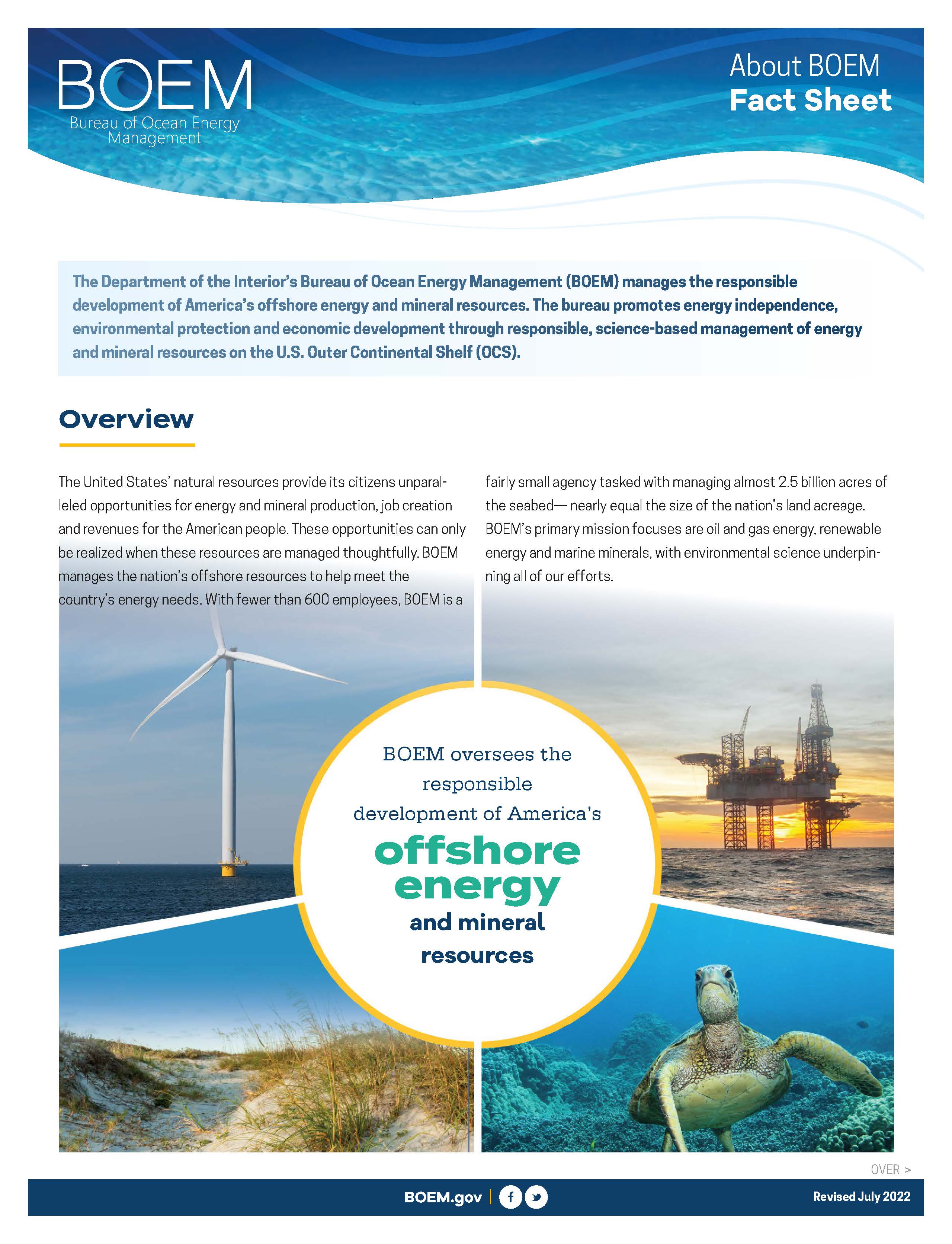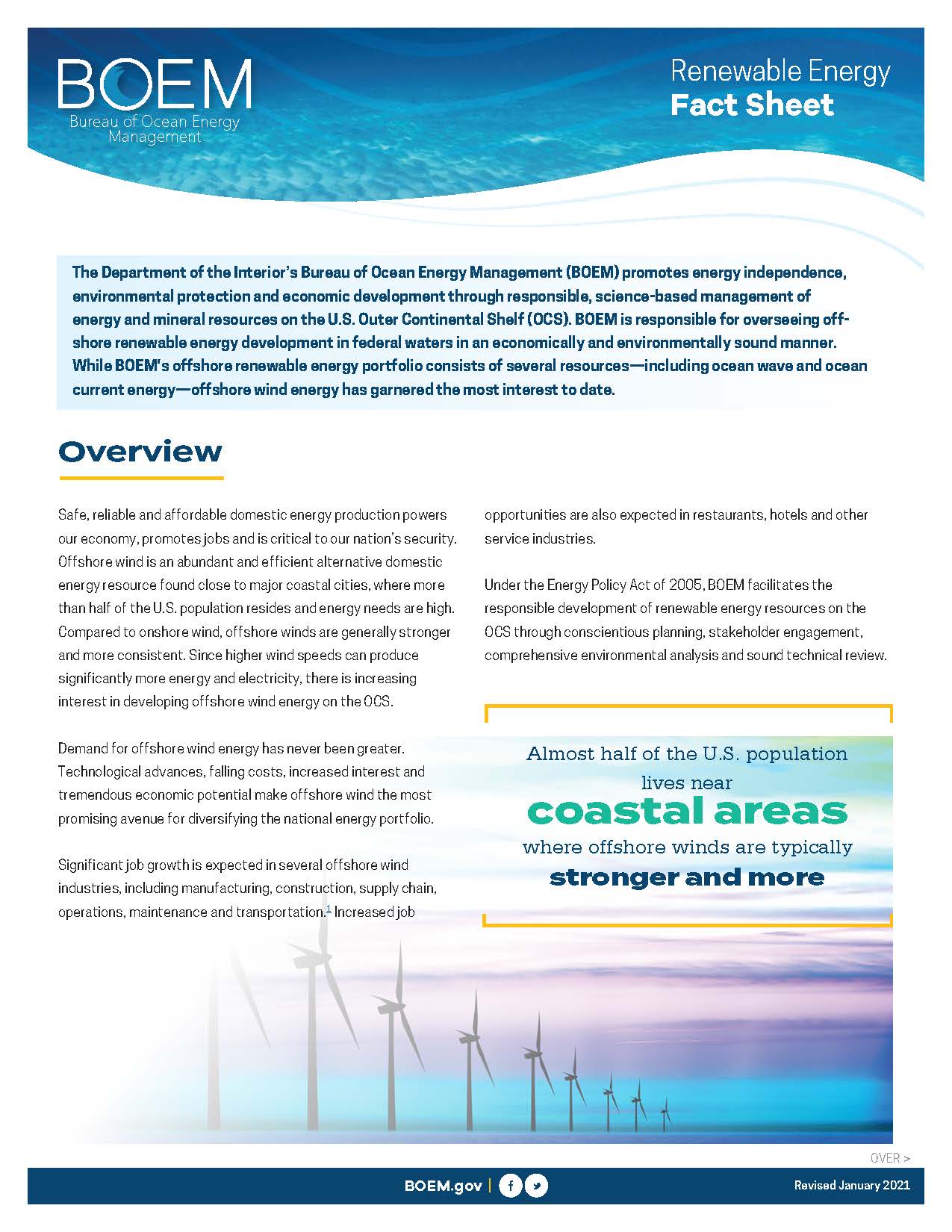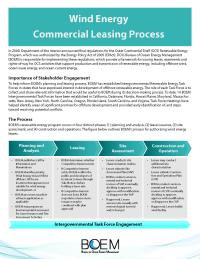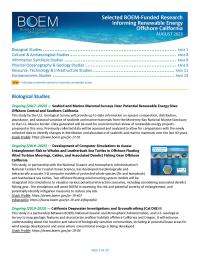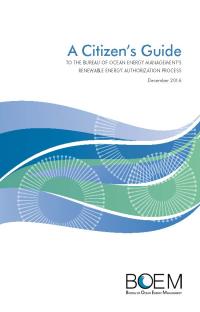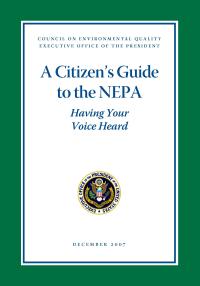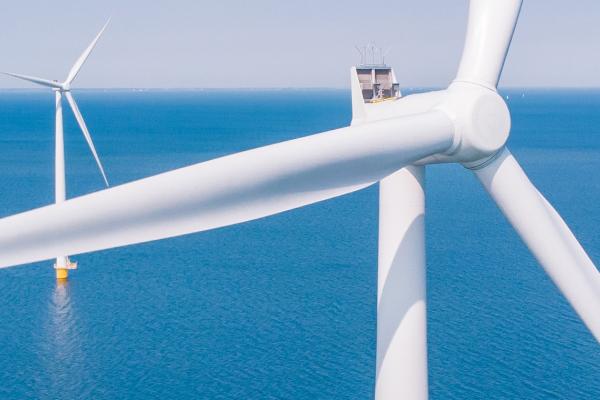
Welcome to the California Offshore Wind Draft Programmatic Environmental Impact Statement (PEIS) Virtual Meeting Room. Your participation is an essential part of BOEM’s renewable energy program and environmental review process.
On December 19, the Bureau of Ocean Energy Management (BOEM) announced a Notice of Intent (NOI) to prepare a Programmatic Environmental Impact Statement (PEIS), which will analyze potential impacts of Federal offshore wind energy development activities on the five offshore wind lease areas off California’s central and north coast. The purpose of the PEIS is to propose programmatic mitigation measures and analyze the impacts from the human and natural environment that could result from adopting those measures.
The NOI initiates a 60-day comment period. As part of this scoping process, BOEM asks stakeholders, organizations, Federal agencies, and Tribal, State, and local governments to submit comments on the scope of the PEIS, including potential alternatives and draft mitigation measures. The public comment period for the California Offshore Wind PEIS ends on February 20, 2024.
The following documents are available for your viewing.
During the public comment period, BOEM hosted two virtual scoping meetings for the public to learn about the environmental review process and provide comments on the scope of the draft PEIS on February 6 & 8, 2024.
More information and meeting materials are available on the “Virtual Meetings” tab.
More information is available on the California Activities page.
Commercial and For Hire Recreational Fishing
Navigation and Vessel Traffic
Birds
Marine Mammals and Sea Turtles
Cultural Resources
Benthic Resources
OceanReports
We want to hear from you. In addition to the virtual meeting room, BOEM hosted two virtual meeting sessions for stakeholders to learn more about the PEIS, ask questions, and provide comments on the scope of the PEIS, and provide verbal input. Meetings were held on:
| Tuesday, February 6, 2024 10:00 am PT | Thursday, February 8, 2024 5:00 pm PT |
Meeting Materials
- Slide Deck for February 6 & February 8 Meetings
- February 6, 2024 Meeting Recording
- February 8, 2024 Meeting Recoding
Meeting summaries will be posted soon.
Your feedback is an essential part of this process. Starting on December 20th, BOEM will accept comments on the scope of the PEIS NOI in any of the following ways:
- During any of the virtual public meetings, you will be provided a set number of minutes to provide verbal input. Information that takes longer than three minutes should be conveyed a written comment.
- You may submit written comments of any length electronically using Regulations.gov, docket No. BOEM-2023-0061. Comments must be submitted by 8:59 PT/11:59 PM ET on February 20, 2024.
- You may also submit written comments by mail. Enclose your comment in an envelope labeled, “California OSW PEIS Scoping” addressed to “Environmental Analysis Section Manager, Office of Environment, Pacific Regional Office, Bureau of Ocean Energy Management, 760 Paseo Camarillo, Ste. 102, Camarillo, California 93010.” Comments must be postmarked no later than February 20, 2024.
BOEM Fact Sheets
Why is BOEM conducting a PEIS?
We want to ensure that BOEM, the public, and stakeholders fully understand any environmental issues from the potential development of offshore wind energy facilities early in the process to inform subsequent decisions.
Why is BOEM conducting a Programmatic EIS (PEIS) for California? Why at this stage in the process?
In accordance with BOEM’s renewable energy regulations, if a Construction and Operations Plan (COP), which is a detailed plan for construction and operation of a wind energy facility on a lease, is submitted, BOEM will conduct a National Environmental Policy Act (NEPA) analysis. This would most likely take the form of an environmental impact statement (EIS). For California lease areas, BOEM anticipates receiving five COPs within a short time frame. In response to stakeholder requests and to support timely decisions at the COP stage for individual leases, BOEM has decided to pursue a Programmatic Environmental Impact Statement (PEIS) for all California leases.
The objectives of the PEIS are:
- To analyze the affected environment and environmental consequence;
- To conduct a high-level cumulative analysis of potential impacts from constructing and operations of existing California leases;
- To establish a framework for tiering of project-specific environmental analyses;
- To identify, analyze, and adopt programmatic mitigation measures, and finally;
- To provide predictability and consistency to cooperating agencies, partners, and developers.
BOEM values the public’s participation in our scoping process and understands the need for efficient yet thorough vetting of these projects.
What are the next steps after the PEIS?
We intend to issue a ROD following publication of the Final PEIS. Subsequent NEPA analyses will tier to the PEIS, following submission of Construction and Operations Plans by lessees for proposed offshore wind projects. Developing a PEIS that analyzes a representative range of potential projects for California will help streamline the analysis done at the COP stage and allow BOEM to focus on what is unique for each project.
Who were the winners of the California offshore wind lease auction?
BOEM executed the following California offshore wind energy leases, effective June 1, 2023:
- Lease OCS-P 0561: RWE Offshore Wind Holdings, LLC
- Lease OCS-P 0562: California North Floating LLC
- Lease OCS-P 0563: Equinor Wind US LLC
- Lease OCS-P 0564: Golden State Wind LLC (name changed after lease issuance from Central California Offshore Wind LLC)
- Lease OCS-P 0565: Invenergy California Offshore LLC
Representative Project Description in the PEIS
How many turbines?
The PEIS will analyze a representative range of project parameters for potential projects expected in the California five lease areas. Developers have not yet submitted their COPs, which will have more detailed information on each project’s size and scope, including the number, size, and type of proposed wind turbine generators and associated facilities. COP specific NEPA analyses will tier to the PEIS and address specific project parameters proposed in each COP.
What type of Wind Turbine Generators (WTGs)?
The PEIS will analyze a representative range of wind turbine generators expected across the five California lease areas. Developers have not yet submitted their COPs, which will have more detailed information on each project’s size and scope, including the number, size, and type of proposed wind turbine generators and associated facilities. COP specific NEPA analyses will tier to the PEIS and address specific project parameters proposed in each COP.

